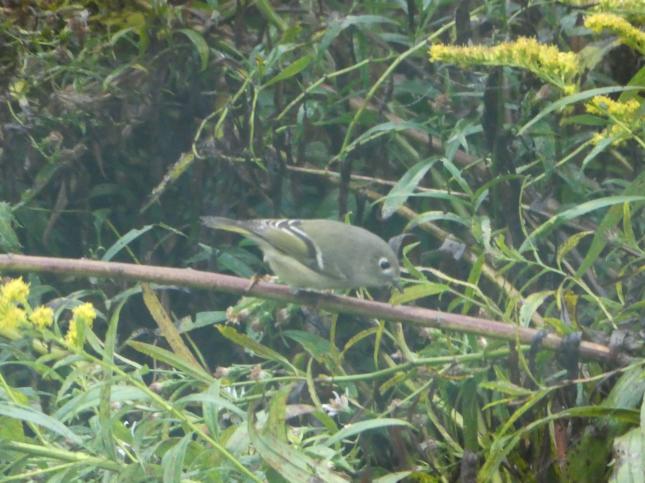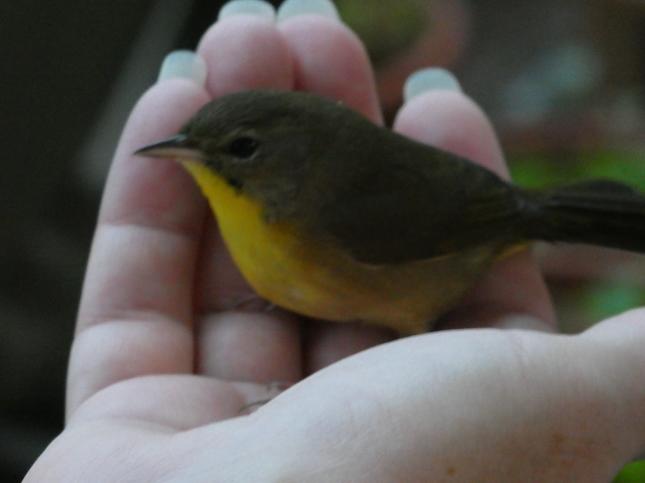Migration Season is Upon Us!

Every year many of our backyard birds embark on an incredible journey across vast distances. This mass movement is known as migration and it occurs twice a year: once in the spring and again in the fall. During the autumn migration many species of birds head south for the winter season. How far south you may ask? Depends on the species. Some birds will travel a shorter distance, say a few hundred miles or so, while others will travel thousands of miles across entire continents. For example the American Robin can be found all across the US and Canada during the Spring and Summer. However when winter arrives they move south out of Canada, only being found in the US. This distance seems trivial compared to the migration of the Ruby-Throated Hummingbird, who leave their breeding grounds across the eastern half of the US and Canada and travel all the way to Central and South America.
But why do this in the first place? In the Spring and Summer the northern hemisphere is full of bugs, berries, and seeds that sustain not just the birds themselves but also their babies. The day length is also longer up north than in the southern hemisphere during those seasons. The combination of longer days and an abundance of resources allows Spring breeding birds to produce larger clutches that have a better chance of survival than they would in their wintering grounds. However, in the winter the situation flips so the birds follow the resources and the longer days back down south. If only we could all do that!
Migration is a strenuous undertaking with many challenges. It requires a lot of energy and there are many obstacles to avoid along the way. There are several ways you can help out your feathered friends on their journey.
- Offer foods that are rich in fat and protein. These help fuel the birds for long distance travel when access to food can be limited. Foods like sunflower, bark butter, suet, and nuts are great options!
- Provide a source of water in your yard. Water can be a challenge to find for birds yet it is vital to their survival. Additionally, many birds that don't come to feeders will come to a birdbath or pond for water, which means you get the opportunity to see them when you otherwise would not!
- Make sure your windows are safe by adding decals or screens to the outside of the glass. Windows are one of the most deadly risks to birds and the likelihood of a bird hitting a window is very high during migration. Many birds like warblers are unfamiliar with manmade structures and will see the reflection of the sky or yard in the glass and crash right into it. Sometimes this just stuns the bird but many times it is lethal.
- Turn out unnecessary lights at night! Or make sure any lights you do leave on are facing downward to prevent excess light pollution. Most migrating birds are on the move at night, which means they can be heavily influenced by light pollution. The bright light can disorient them and draw them off course or worse cause them to crash into a window. Even in a single night, thousands of birds can die this way. Just last fall an ornithologist in Philadelphia cleaned up over 1000 dead birds from just three-blocks where they had all been drawn in by lights the night before and hit the windows of the buildings.
- Get outside and keep track of the birds you see with the eBird app. By submitting checklists you help scientists track the movement of species and provide valuable information about migration and the areas birds are stopping in along their journey. This information is used to determine conservation measures to help the birds in the future.
This is an exciting time to be a bird watcher, so be sure to keep an eye out for new and exciting birds making their way through your area. Be sure to implement some of the above measures to ensure safe travels for your feathered friends!


